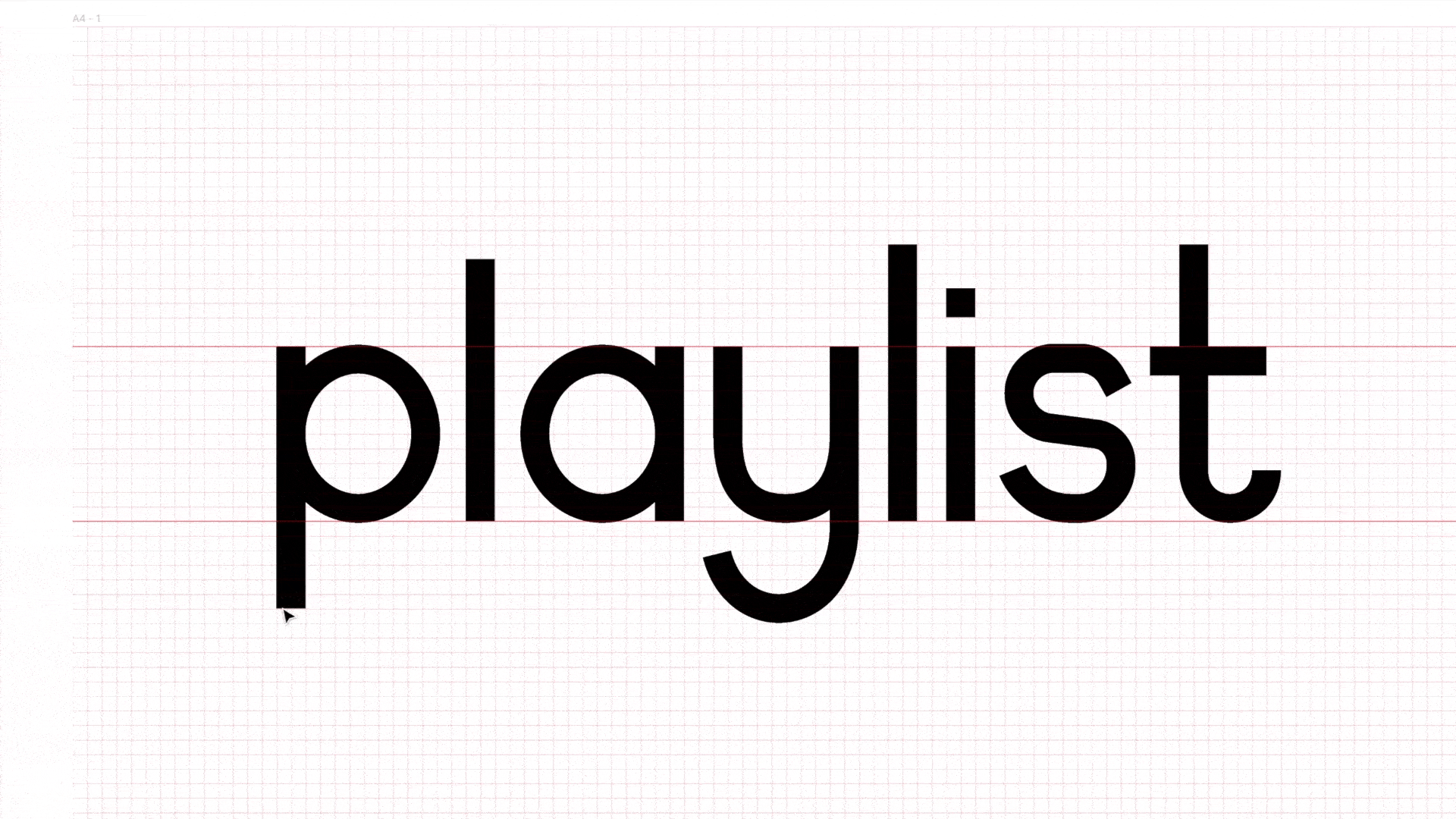
In these very unusual times, I have found solace in the meditative power of the pen tool. Especially since I don’t care about the output. I just keep doing shit for no reason.
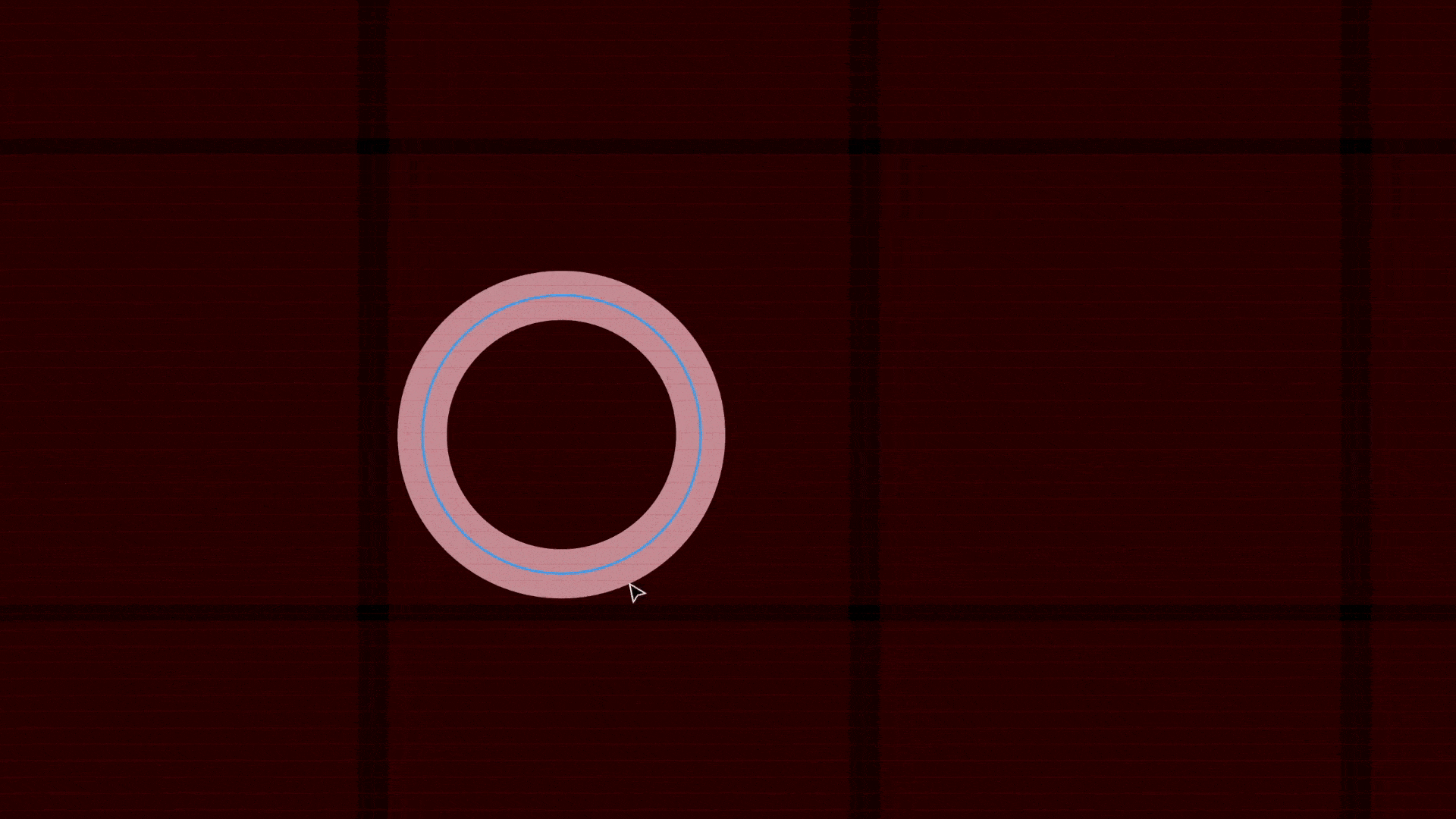
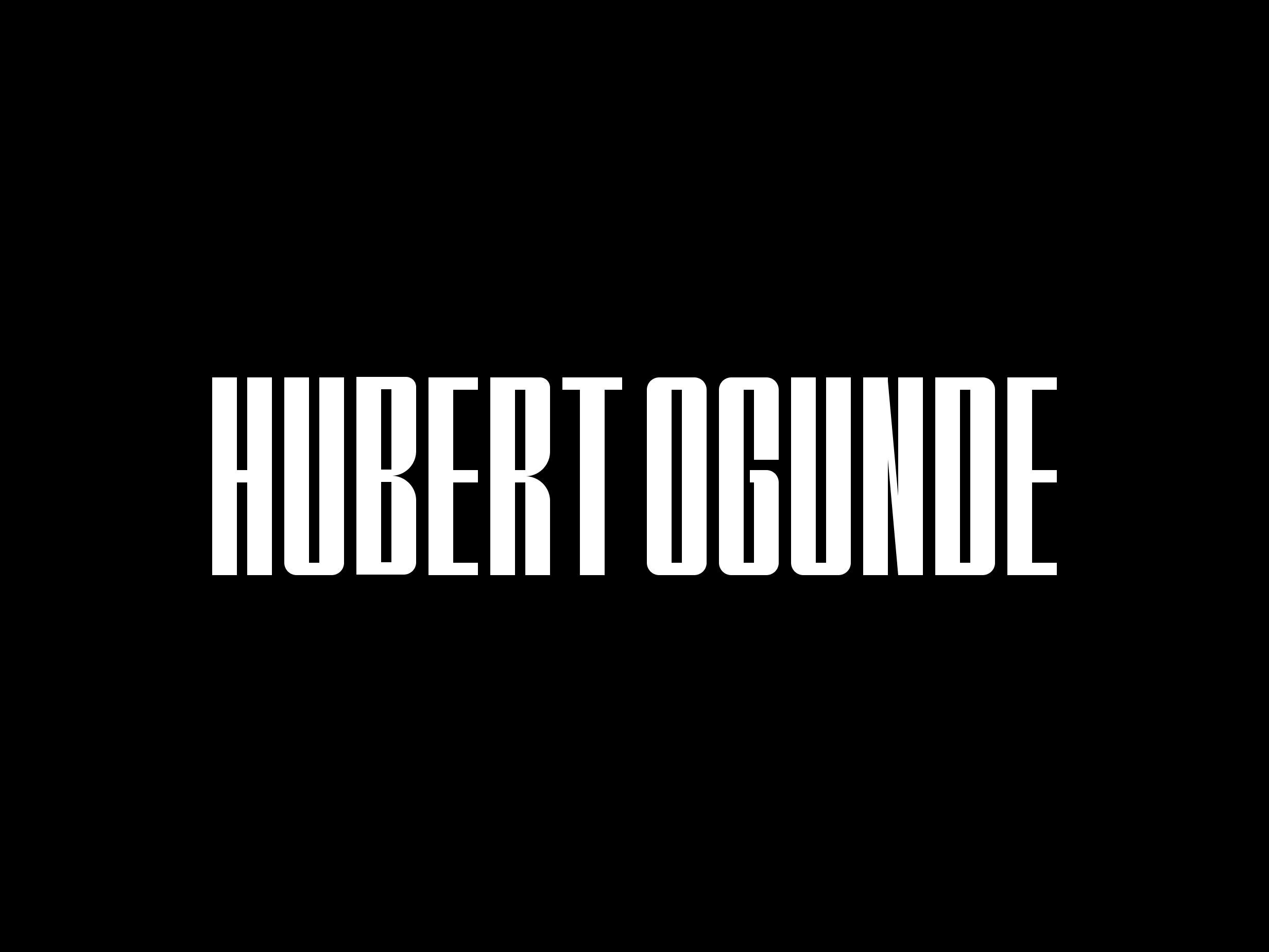
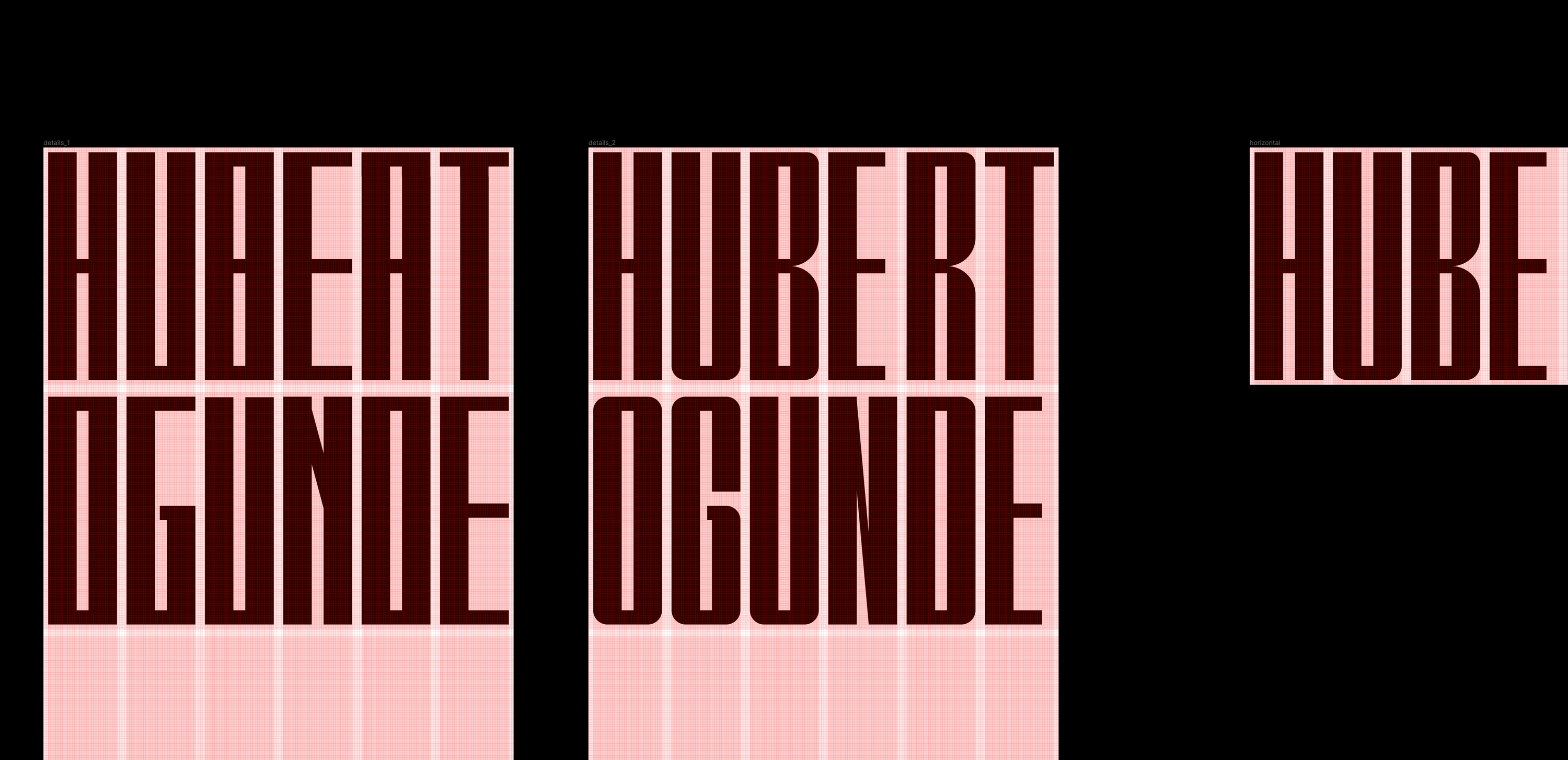
Woke up this morning and did some quick type exercise. Will probably finish it later today.
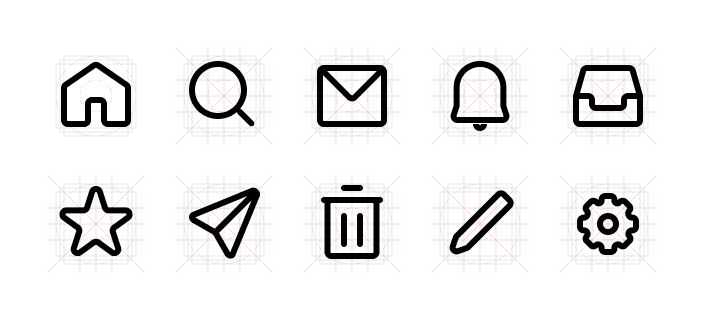
Playing around with icons again in Figma last night. There’s something relaxing about doing this. Maybe the constraints of the keylines, the constraints of lines and shapes. I should spend some more time on it.
How To Be Successful
“Most people do whatever most people they hang out with do. This mimetic behavior is usually a mistake—if you’re doing the same thing everyone else is doing, you will not be hard to compete with.”
(https://ift.tt/2Uw0ySz) via Instapaper
How To Be Successful
“You don’t want to be in a career where people who have been doing it for two years can be as effective as people who have been doing it for twenty—your rate of learning should always be high. As your career progresses, each unit of work you do should generate more and more results.”
(https://ift.tt/2Uw0ySz) via Instapaper
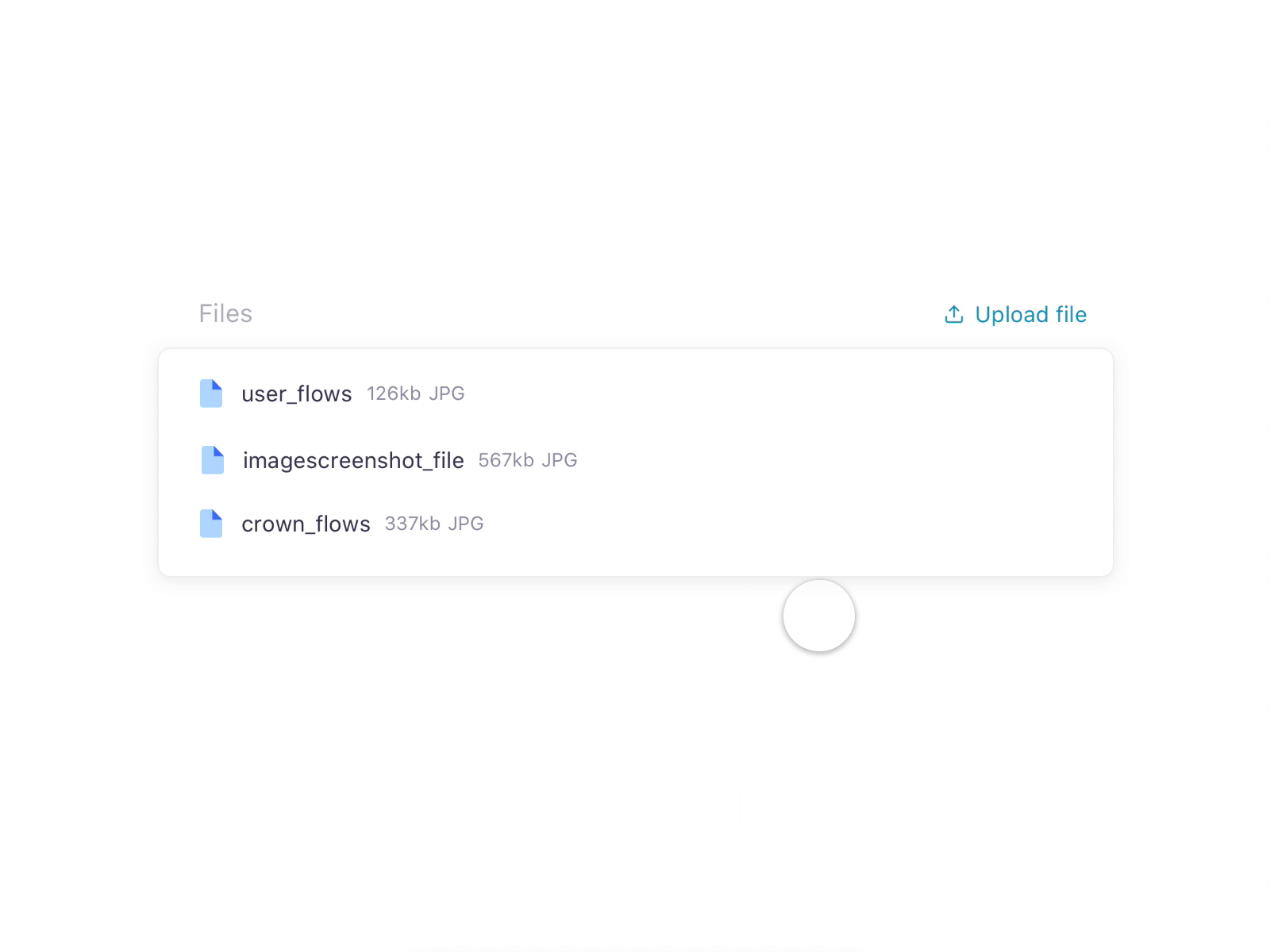
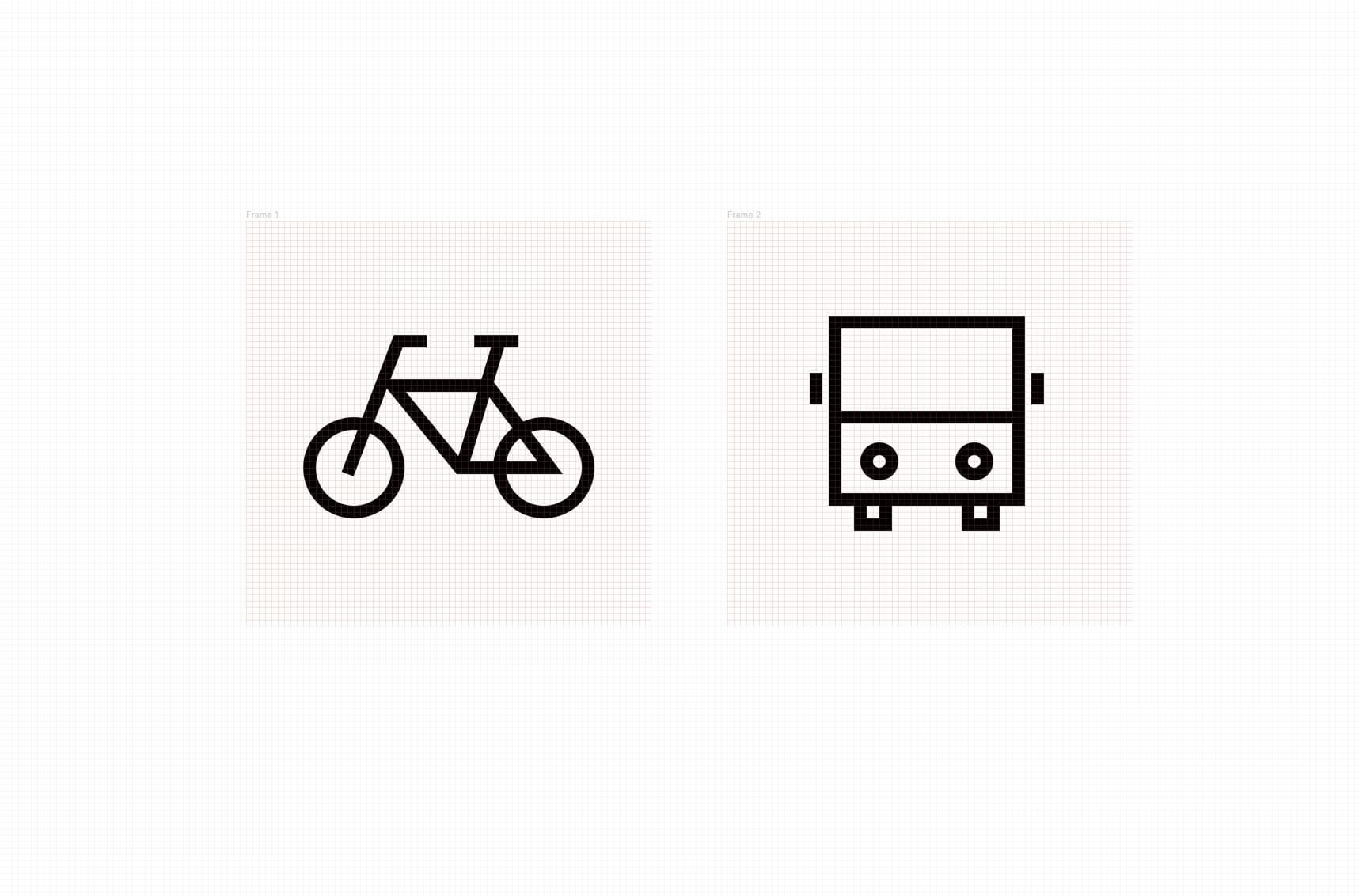
Black Designers: Missing in Action (1987)
“When examined from the parents’ perspective, their attitudes are a little easier to understand. In many instances, extreme financial sacrifices are made by black parents to meet the educational needs of their children. With the investment substantial and the sacrifice intense, parents feel justified in insisting upon the desired result: assurance of success and security in their children’s futures. They therefore prefer educations that lead toward “safe” mainstream professions.”
(https://ift.tt/3jg5G6N) via Instapaper
From Gut to Plan: The Thoughtful Execution Framework
“Even though it’s crucial to leverage as much data and insights as possible when framing the problems and opportunities you should tackle, it’s unrealistic to assume that you should know everything before moving forward. Different companies and teams have different levels of access to data and research, and not having enough insights available is a common situation. Think of alternative ways of gathering quick insights. Benchmark similar products or run a quick expert evaluation on your product. If you have the possibility, you can also run learning experiments on your product that provide you with additional insights. It’s also perfectly fine to use your gut when framing opportunities, but do it consciously and check if your assumptions were actually true.”
(https://spotify.design/) via Instapaper
From Gut to Plan: The Thoughtful Execution Framework
“MVPs typically leave out delightful elements that aren’t necessary to the functionality of the experience but can have a great impact on the desirability of the product. That’s why it is important to remember to optimize the MVPs further to ensure high quality throughout your product.”
(https://spotify.design/) via Instapaper
On Design Thinking
“Design means something even broader now. Sometime around World War II, it came to mean making things that “solve problems.” With the influence of mid-century global social movements and the rise of digital technology, it began to mean making things that are “human-centered.” And as of recently, design doesn’t have to involve making things at all. It can just mean a way of thinking.”
(https://ift.tt/30TaBQY) via Instapaper
Maastricht

Quick trip to Maastricht to shed some of the work off the mind and change the views a bit. Covid-19 puts a limit to the kind of adventures to have but it was fun all the same.
6 Things I Learned Interviewing Design Leaders From the Valley’s Top Companies
“Unlike art, design has a very clear success and failure state. It’s not simply an expression, it’s the rendering of intent to solve a problem that the designer sees and understands.”
(https://ift.tt/2vdEXjj) via Instapaper